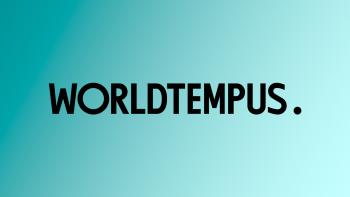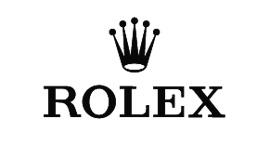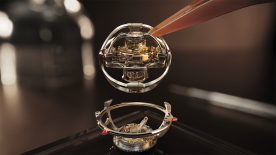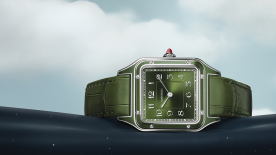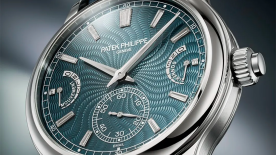WORLDTEMPUS - 30 June 2011
Miguel Seabra
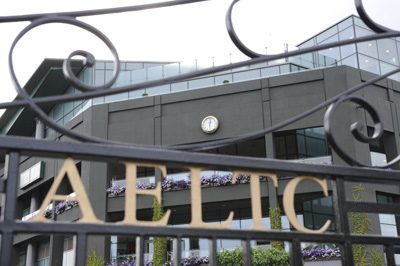
Wimbledon may seem anachronistic – grass courts are virtually extinct outside Britain – with its somewhat outdated traditions, but in reality the most prestigious tennis event in the world has always been a trailblazer. Its secret is actually to continuously change while staying the same, displaying long-term perspective to realize that its traditionalist aura is its biggest strength.
Rolex boasts precisely the same approach. Seemingly immune to fashion and trends, the Geneva-based brand maintains a consistent collection that features subtle changes every year, with even the updates carefully made to respect the “evolution in continuity” that seems to be the company's mantra.
Wimbledon and Rolex have been together since 1978 and form one of the oldest associations in the history of sports sponsoring – a partnership made in heaven, since even the dominant corporate color of both institutions is the green that governs the landscape and grass courts of the All England Lawn Tennis Club where the tournament is held. Clearly bound by mutual respect for tradition and long-term vision, the long-standing relationship between Wimbledon and Rolex is set to last.
High-caliber tennis pedigree
In the past decade, Rolex has become one of tennis's biggest investors, assuming the timekeeping role in many of the biggest events and boasting a growing stable of ambassadors.
Beside its historical tie with Wimbledon, the Geneva-based company also sponsors another Grand Slam tournament in the Australian Open, the biggest team competitions in the world (Davis Cup and Federation Cup), the year-end championships on both tours (ATP World Tour Finals and WTA Championships), and several Masters 1000 events – including the Monte-Carlo Masters. The list of testimonial ambassadors among the active players is topped by living legend Roger Federer, who won the first of his record-holding sixteen Grand Slams precisely at Wimbledon. He embodies Swiss precision on court. Other Rolex testimonials include the charismatic Frenchman Jo-Wilfried Tsonga, the gentle giant from Argentina Juan Martin del Potro, world number one Caroline Wozniacki, former world number one Ana Ivanovic, recent French Open champion Li Na and her Chinese countrywoman Zheng Jie.
The question lies directly at the tip of the tongue: why is Rolex investing in tennis so heavily?
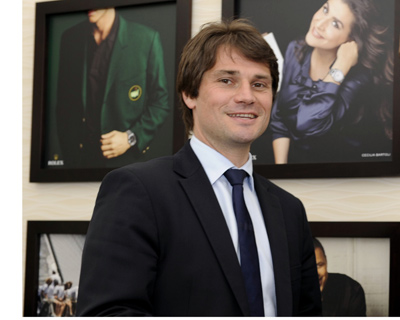
Firstly, thanks to its longstanding association with Wimbledon, Rolex can boast a tennis “pedigree” of the highest caliber. Secondly, one of the brand's sponsoring directors knows everything about the sport: Arnaud Boetsch, a former number 12 in the world rankings, and the man who gave France the winning point in the first-ever Davis Cup final decided in the fifth set of the fifth rubber (against host Sweden, in Malmö, 1996). Boetsch had been living in Geneva for some time and, after retiring, started organizing events, including a Legends tournament in the Calvinist city, to which a special guest was invited.
“The president of Rolex was invited to one of the tournaments I organized and then Rolex proposed for me to join its team in 2003 because there was only one person with sponsoring and it was not enough,” Boetsch recalls. “Now there are two of us in charge of sponsoring. I take care of all the tennis, sailing and cultural activities; my job is to make sure the Rolex brand keeps on shining and getting the best visibility – not in terms of quantity, but quality-wise. And we like to be associated to the best and most prestigious events.”
Wimbledon is the most famous tennis tournament in the world and has a lot in common with Rolex. “There are two words that can define Rolex: tradition and innovation. Wimbledon is the same,” says Boetsch, who made it to the All England Club's fourth round in 1992 before losing to Pete Sampras. “Wimbledon has been changing its infrastructure without changing its spirit; building new facilities, a retractable roof on the venerable Centre Court, showcasing a new electronic scoreboard, adopting the Hawk-Eye. Wimbledon changes, but keeps a strong tie to its roots.” These are roots that go way back to 1877; this year the tournament celebrates its 125th anniversary and, although many changes have been made to the grounds over the years, especially since 1994, the All England Lawn Tennis and Croquet Club has retained its unique image and character, achieving a perfect balance reminiscent of the Oyster Perpetual's concept.
Ambassadors
Rolex has been making the most out of its association with Wimbledon. “We developed a hospitality program from 2005 on, inviting clients from all over the world and offering them Centre Court seating – something really exclusive, providing them an exceptional experience,” Boetsch explains.
Several Rolex ambassadors from other sports and areas of life also make the pilgrimage to the tennis Mecca; the prestigious guest list this year included ski champion Lindsay Vonn, horse virtuoso Rodrigo Pessoa, golf legend Gary Player in addition to golfers Adam Scott, Paul Casey and Martin Kaymer, and soprano Dame Kiri Te Kanawa.
The tennis testimonials have been visiting the Rolex suite on Centre Court during the tournament and two of them played a spectacular match just yesterday: Jo-Wilfried Tsonga defeated Roger Federer in a three-hour, 15-minute quarterfinal epic that saw the power of the Frenchman's serve overcoming the Swiss's finesse: 3-6, 6-7, 6-4, 6-4, 6-4.

The revered Centre Court is the quintessential tennis venue and has been kept free of advertisements with a few exceptions in the form of a few small logos. The Rolex sign on the scoreboard is the most famous one. Rolex is not only visible in this classic arena: for more than thirty years, Rolex has played an important role in Wimbledon's history and its clocks have also kept the official time on the outside walls of the hallowed Centre Court and throughout the grounds. For instance, the effervescent media centre possesses a collection of Rolex clocks showing the time in San Francisco, New York, Rio de Janeiro, London, Johannesburg, Tokyo and Melbourne: just a few of the major cities where tennis's greatest tournament is broadcast live.
Among the four Grand Slam tournaments; Wimbledon is certainly primus inter pares. Beside historical reasons, there are natural ones: the grass and the rain, the members and the queues, royalty and celebrities, strawberries and cream, triumph and defeat – and also timeless tennis and Rolex timekeeping.

